
AeroGenie — Your Intelligent Copilot.
Trending
Categories
Uber to Offer Blade Helicopter Service for Faster City-to-Airport Travel
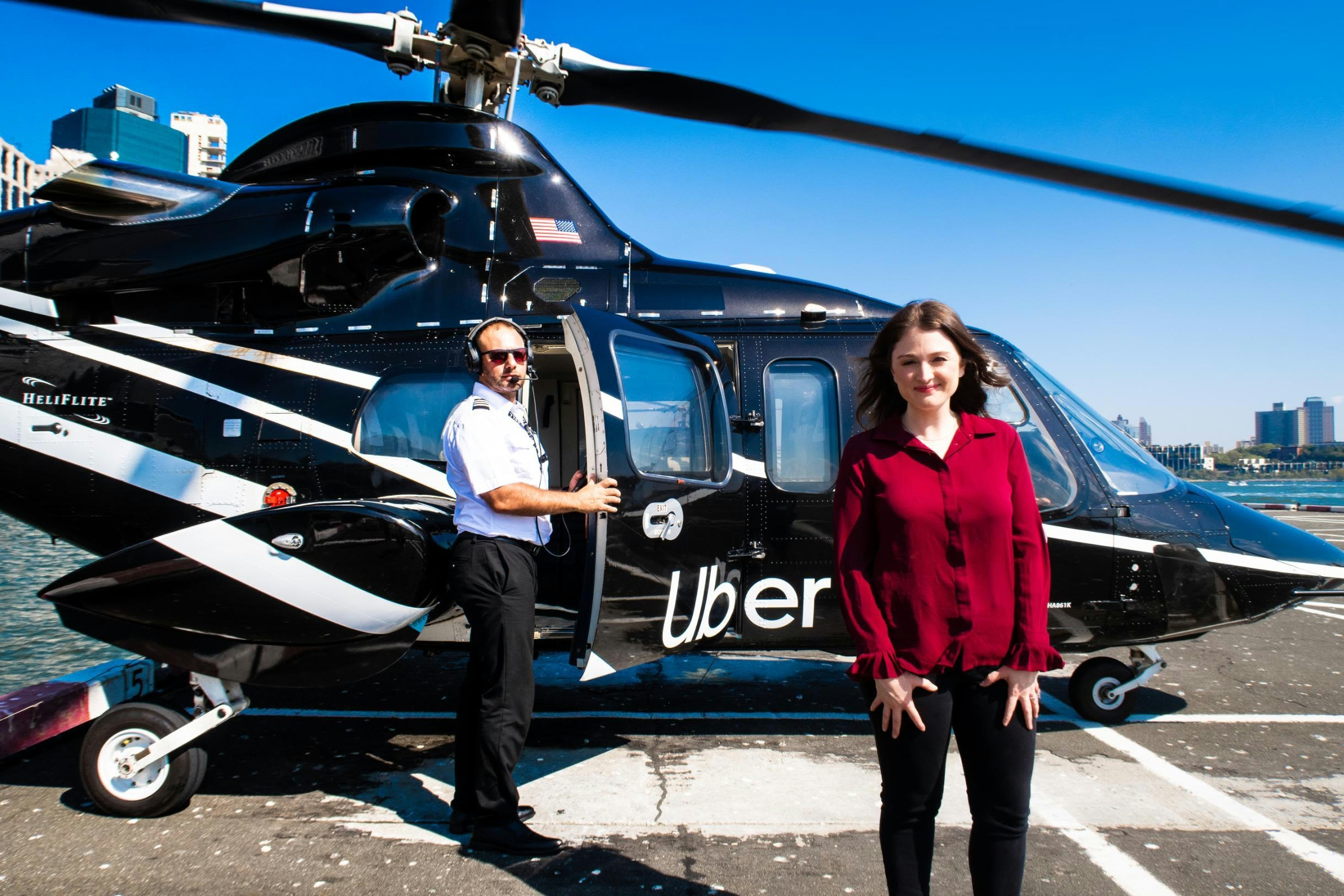
Uber to Integrate Blade Helicopter Service for Faster City-to-Airport Travel
Uber is set to revolutionize urban transportation by integrating Blade’s helicopter and seaplane booking services directly into its app, beginning in New York. This initiative aims to offer travelers a premium alternative to congested roadways, enabling swift aerial transfers between city centers and major airports with just a few taps on their smartphones.
Expanding Urban Air Mobility
Blade currently operates well-established routes in the New York metropolitan area and parts of southern Europe, providing connections to destinations such as the Hamptons, JFK, and Newark Liberty airports. In Europe, the service offers flights from Nice to Cannes and Monaco, allowing passengers to bypass traffic and enjoy scenic aerial views. The integration with Uber will streamline access to these services, making high-end, rapid transit more accessible to a broader audience.
This development follows Blade’s acquisition by Joby Aviation, a leader in electric air taxi technology. Joby is collaborating with Delta Air Lines to introduce rideshare-style electric vertical takeoff and landing (eVTOL) aircraft, which could further transform urban air mobility by offering quieter, more environmentally friendly options. Uber’s partnership with Blade and Joby underscores a strategic push toward significantly reducing city-to-airport travel times.
Pricing, Convenience, and Challenges
A one-way helicopter trip to the airport is expected to start at $195 per passenger, with the option to charter an entire helicopter for groups of up to eight at approximately $2,000. While these prices may appear premium, the time savings are considerable. For example, a car journey from Manhattan to JFK can exceed an hour during peak traffic, whereas a Blade helicopter can complete the trip in about five minutes. Upon landing, passengers are transported by Blade vehicles from the helipad directly to their terminal, ensuring a seamless end-to-end experience.
Despite the promise of faster travel, the service faces significant challenges. Regulatory approval remains a major hurdle, as city authorities and local communities express concerns over noise pollution and increased helicopter traffic. The introduction of eVTOL aircraft, central to Joby Aviation’s vision, may also encounter scrutiny regarding safety standards and environmental impact. Furthermore, traditional airlines and established aviation services may respond competitively, potentially adjusting their offerings or pricing in reaction to Uber’s entry into the urban air mobility market.
Uber has not specified an exact launch date for the integrated booking feature but confirmed it will not be available before 2026. This timeline allows regulators and consumers to prepare for the arrival of a new mode of city-to-airport transportation, even as questions about regulatory compliance, environmental considerations, and market competition remain unresolved.
Uber’s planned integration of Blade’s helicopter and seaplane services marks a significant step toward transforming urban mobility, offering a glimpse of a future where traffic-free airport transfers could become a reality for those willing to invest in premium travel options.

FedEx Anticipates Limited Impact from MD-11 Grounding
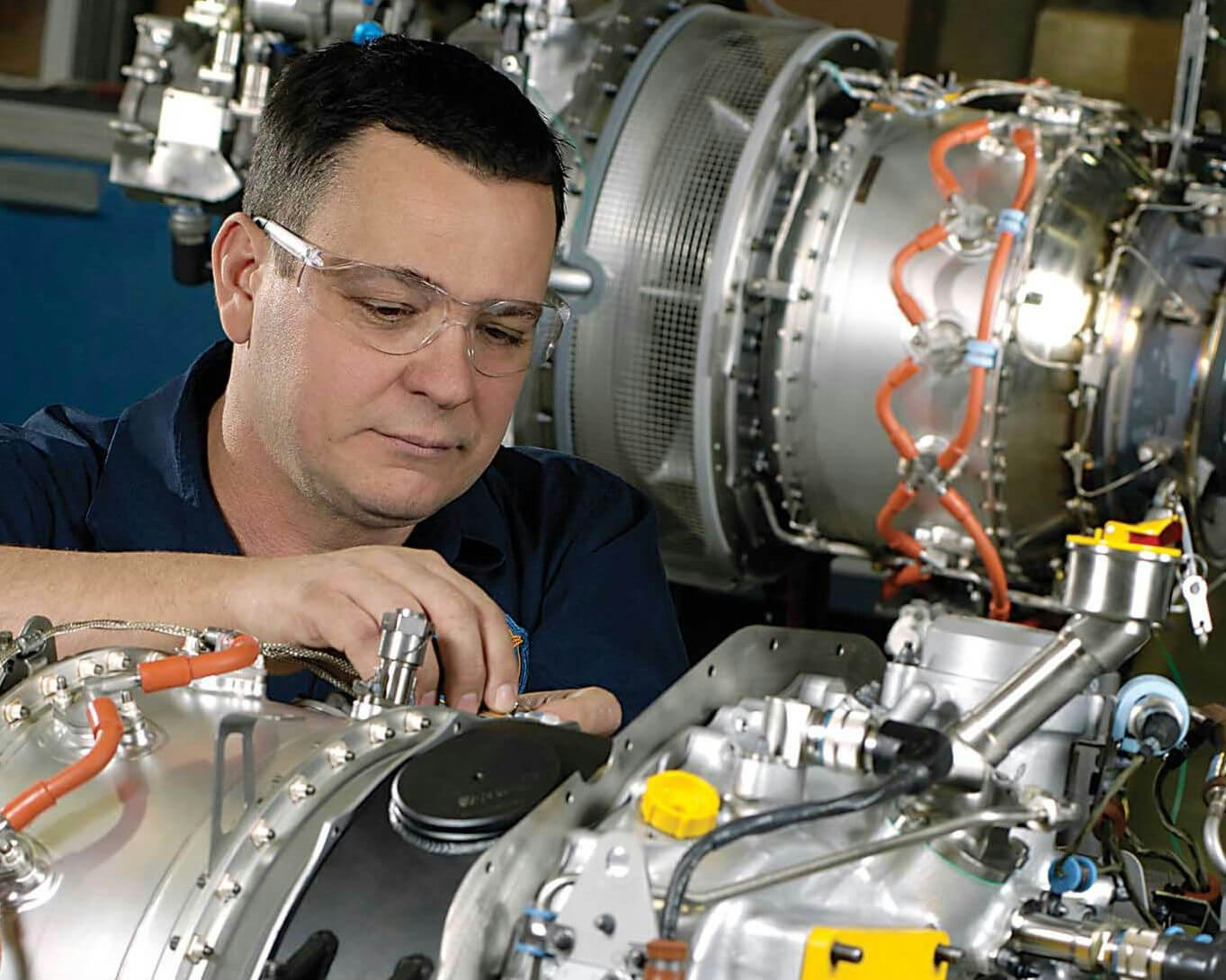
Pratt & Whitney Opens European Center Focused on Sustainable Propulsion
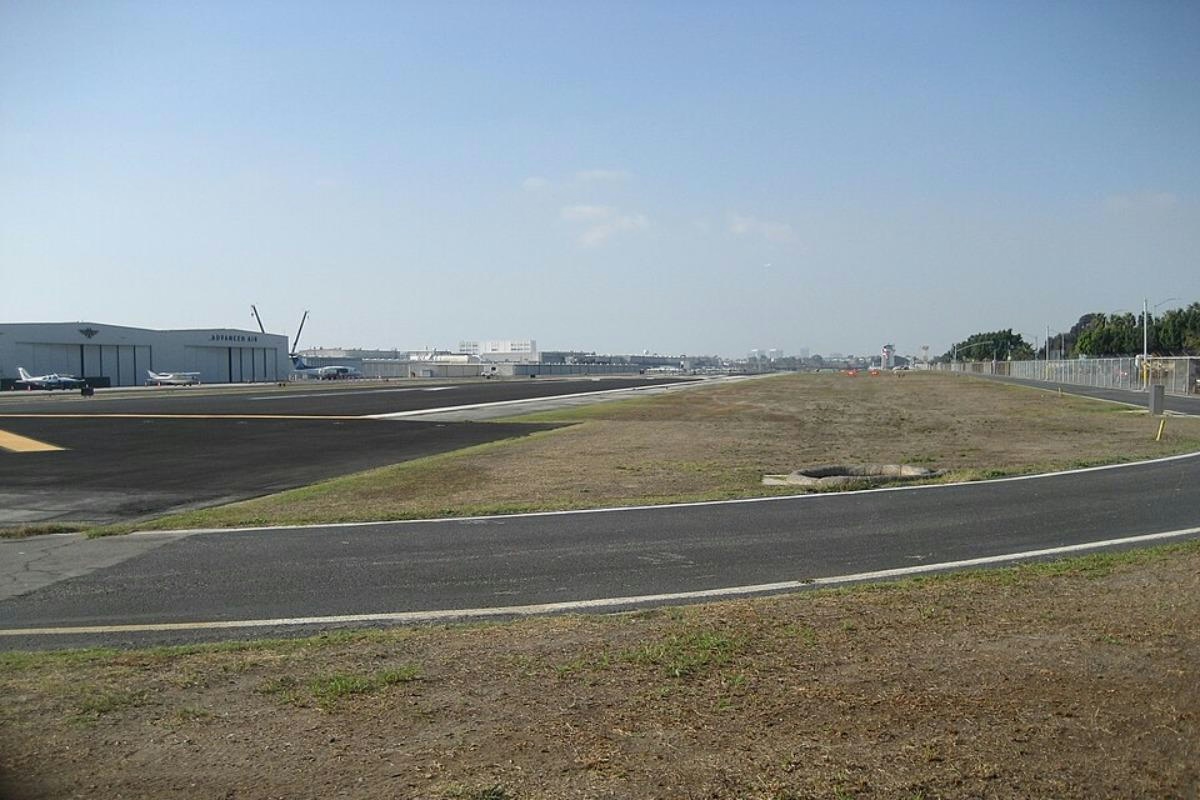
Archer Aviation Acquires Hawthorne Airport for $126 Million
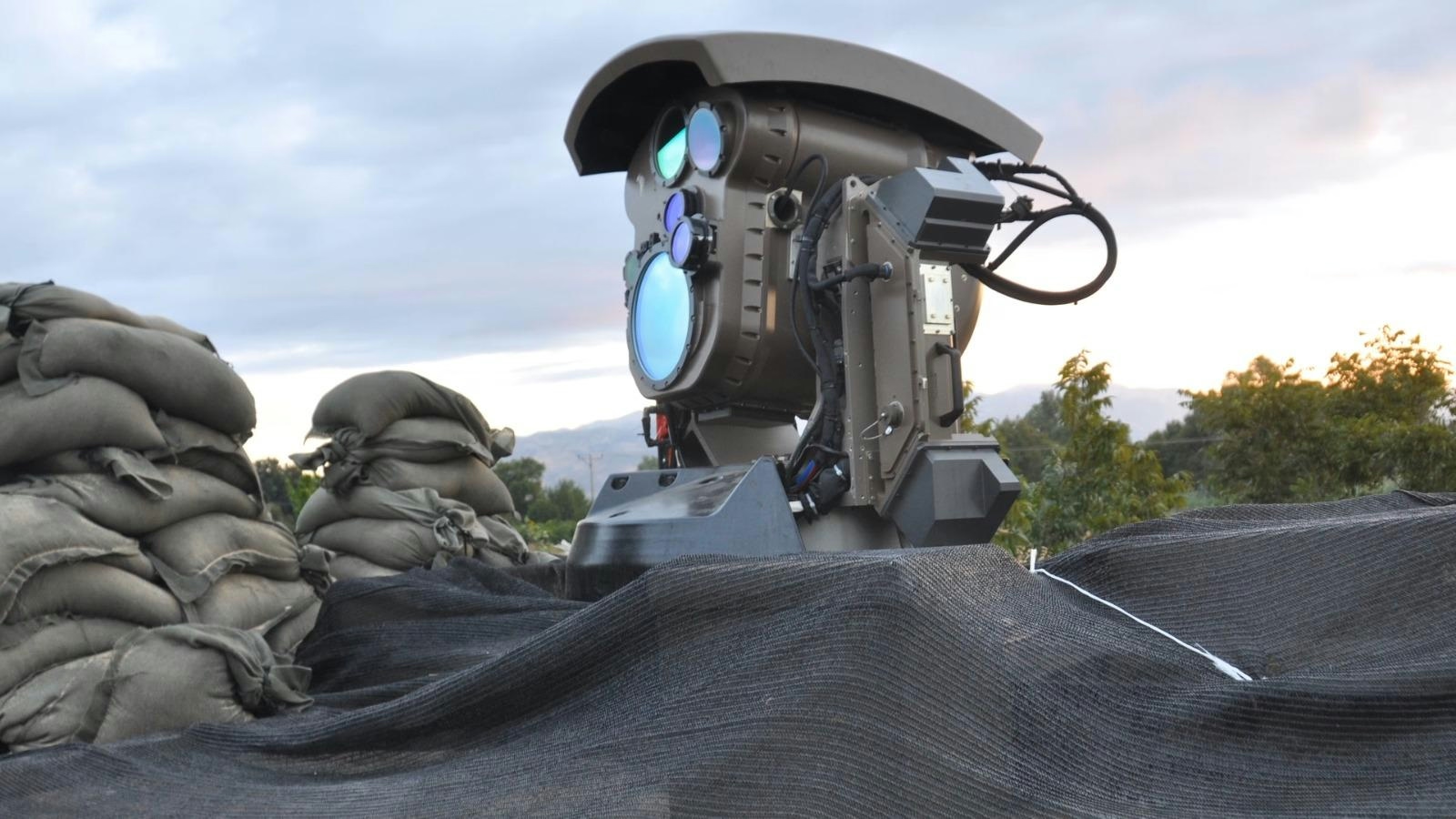
Israel’s Iron Beam Laser System Receives 2026 Aviation Week Laureate Award
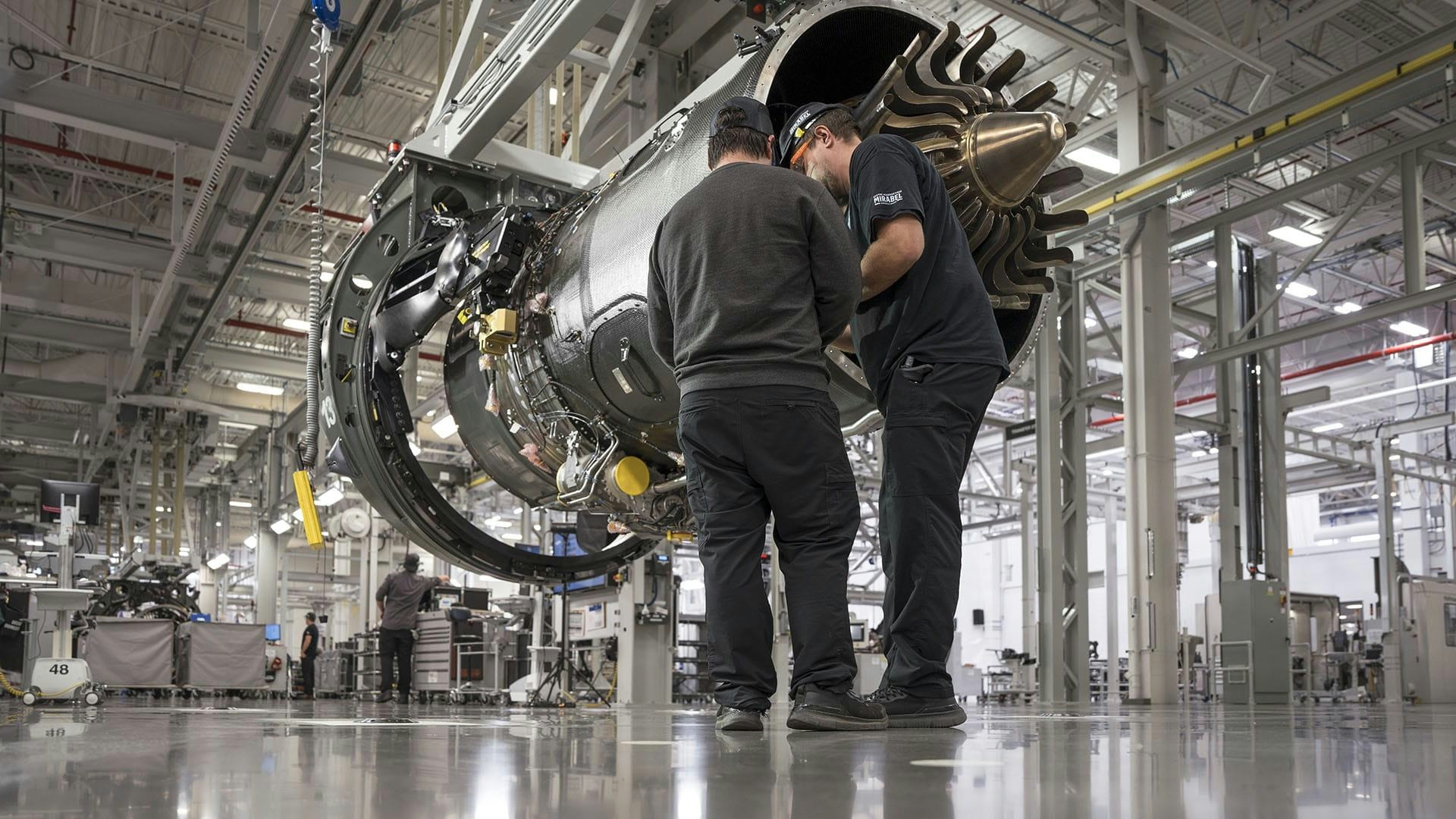
IAE Commits to GTF Engines for Future Narrowbody Aircraft
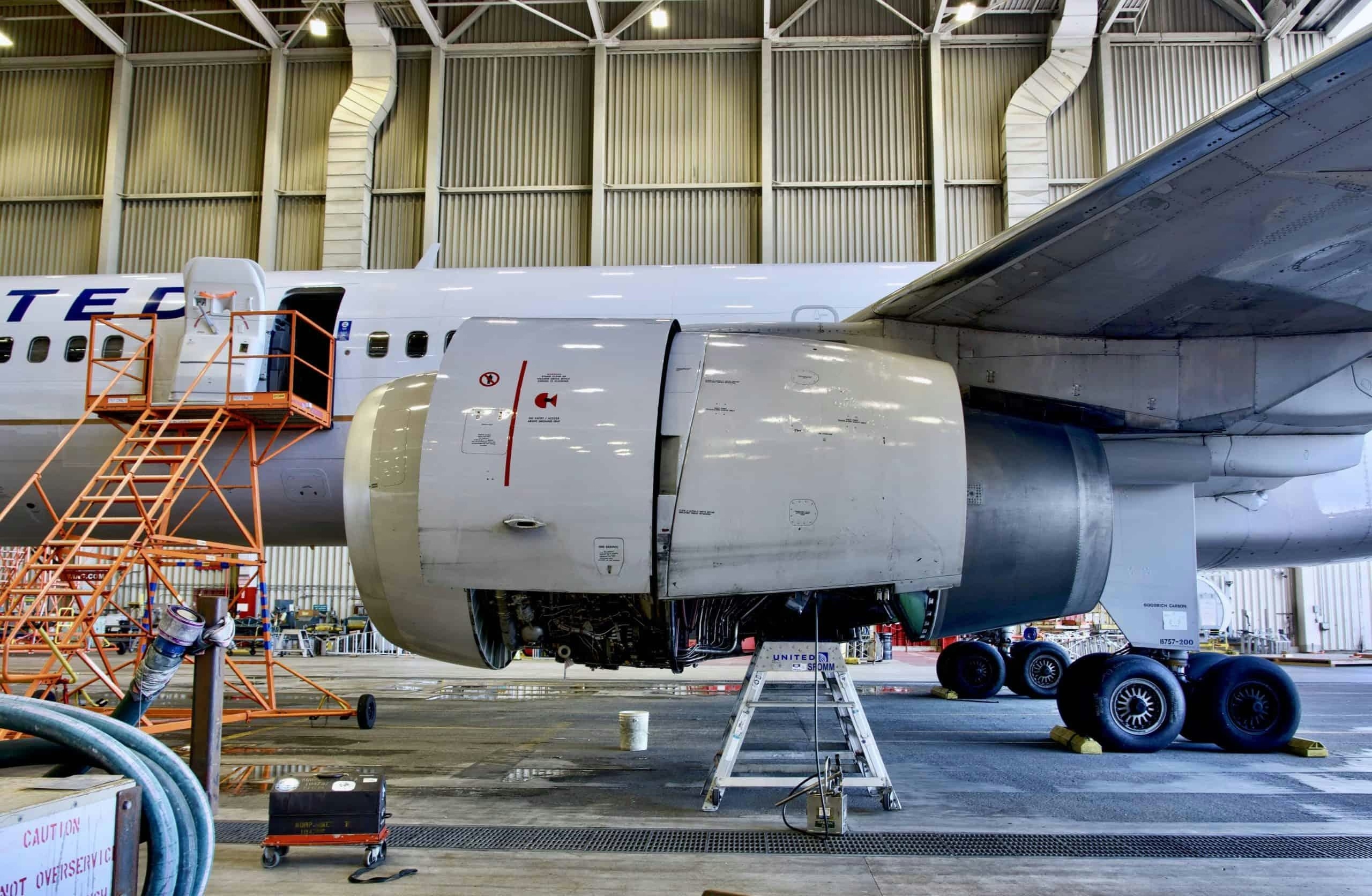
Why United Airlines Continues to Operate Its Aging Boeing 757s
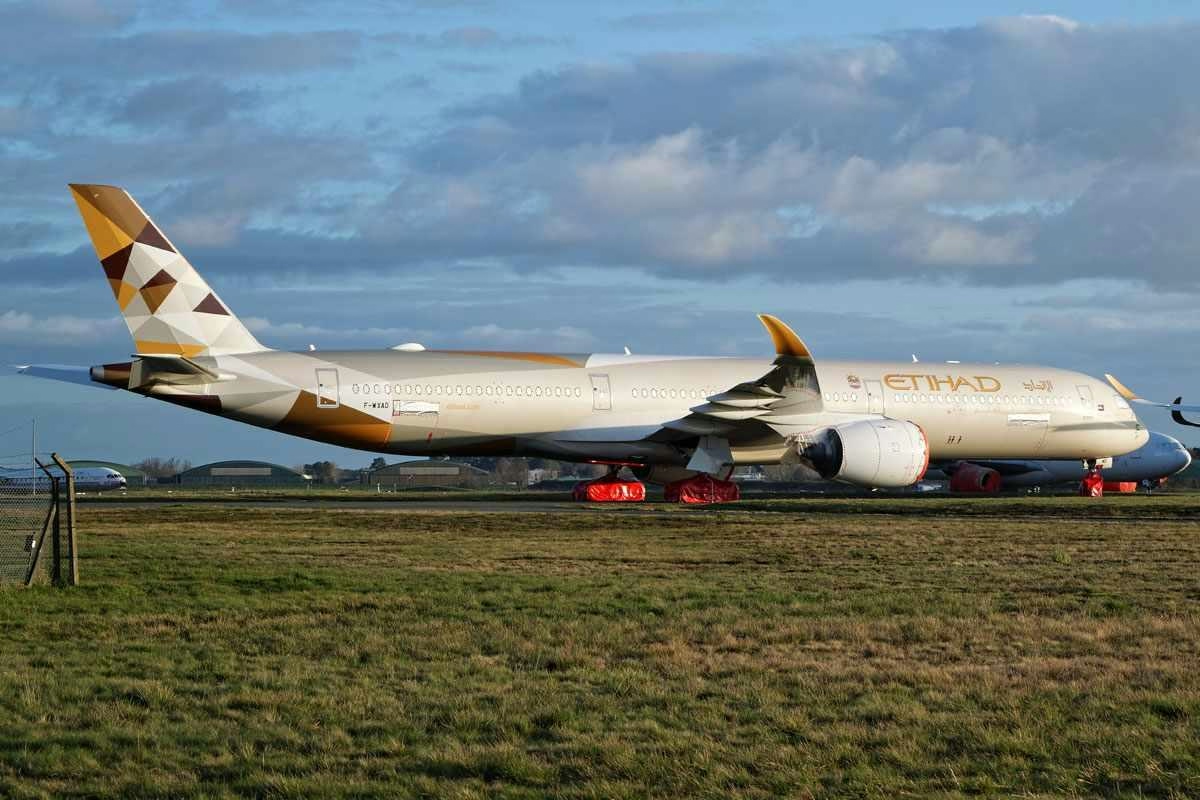
Etihad Considers Additional Airbus A350 and A330neo Orders

UAE Launches Hili, Its First Hybrid Cargo Plane
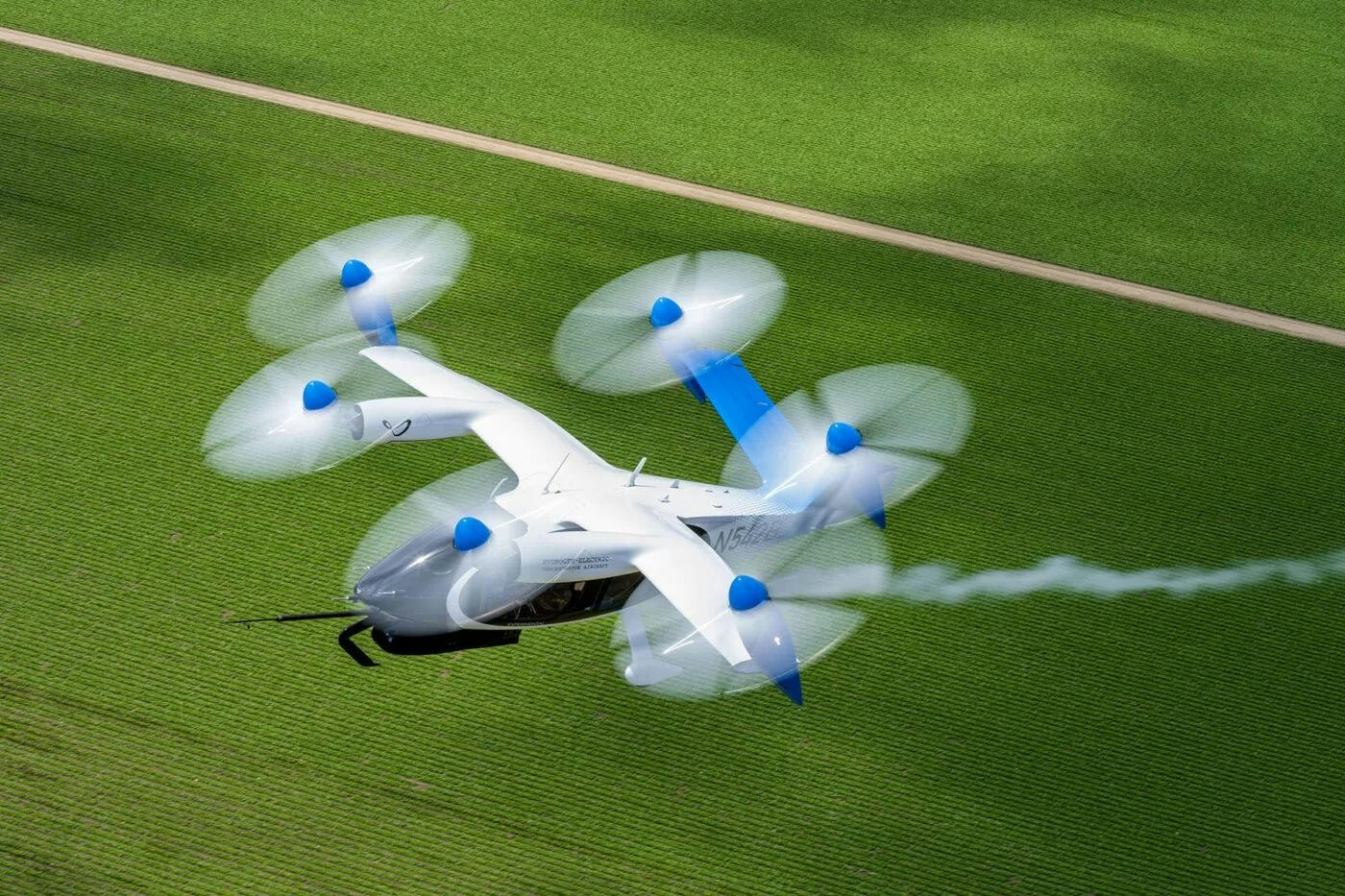
Joby Completes First Flight of Turbine-Electric Demonstrator Aircraft
